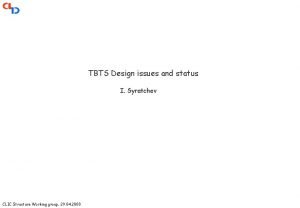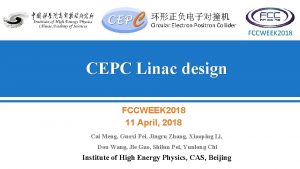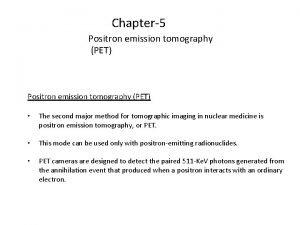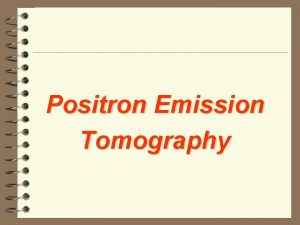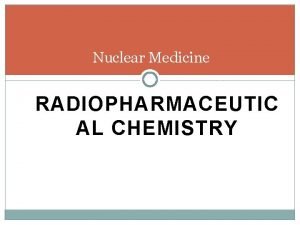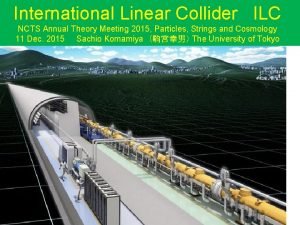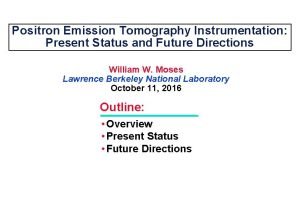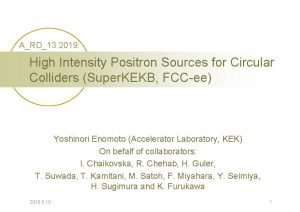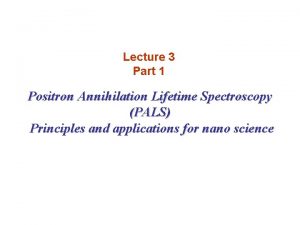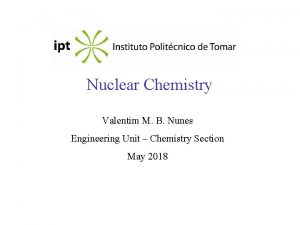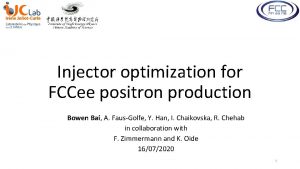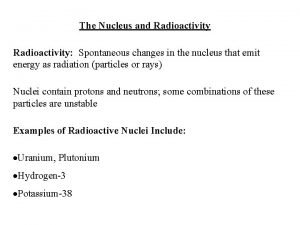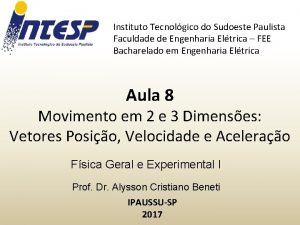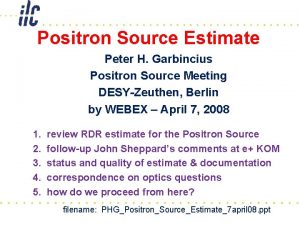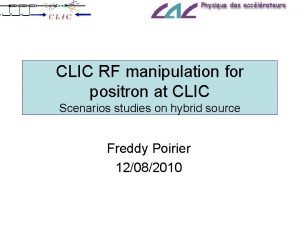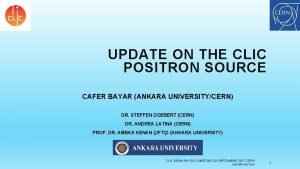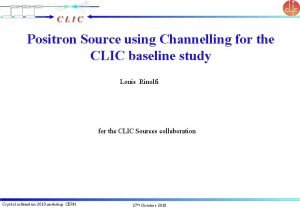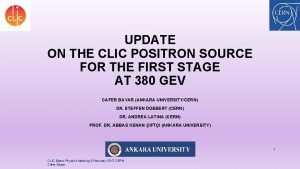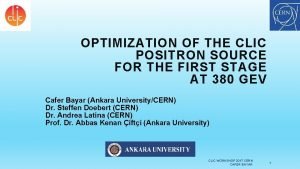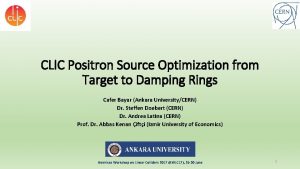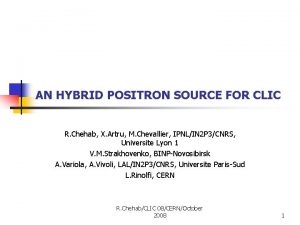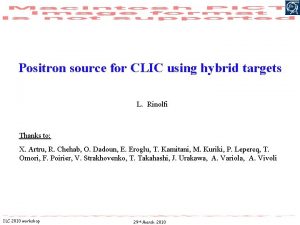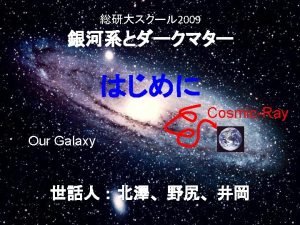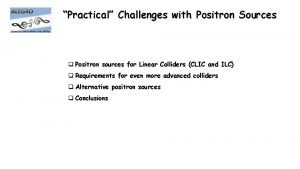CERN activities on the CLIC positron source q













![Positron requirements / beam parameters Parameter Unit [] ILC CLIC SLC FCC-ee Bunch charge Positron requirements / beam parameters Parameter Unit [] ILC CLIC SLC FCC-ee Bunch charge](https://slidetodoc.com/presentation_image_h/1665ceba79f39cec0efa3aa5ae3d4c73/image-14.jpg)
- Slides: 14

CERN activities on the CLIC positron source q What did we do for CLIC q What can we offer for FCC-ee Our Team: Hugo Bajas, Andrea Latina, Yongke Zhao, S. D. Steffen Doebert, BE-RF FCC-ee positron source kick-off meeting, 16. 7. 2020

CLIC complex, 3 Te. V

The CLIC Injector Complex We studied design and cost from source to damping ring > 1 km • Pre-damping ring can be avoided if the beam emittance is ~ < 25 mm (norm) • Positron emittance before pre-damping ring: 7 mm • Main damping ring; in: exn/eyn = 65/10 mm out: exn/eyn = 472/5 nm • Bunch compressors needed after the rings for further acceleration • Bunch charge 6*109, 353 bunches, 50 Hz, 2 GHz bunch spacing, 5. 2*109 needed

CLIC Positron Source q q q Generation of adequate photons (0 -20 Me. V) for pair production Complex and lossy positron collection and capture system Performance limited often by peak energy deposit density (PEDD < 35 J/g pulse) Very high radiation area, constraints for operation and maintenance, engineering challenge Long solenoidal field for guidance

Previous studies: The Pre-Injector Linac The total yield: 8. 0 e+/e- Aperture 20 mm ! 2. 8 e+/e- 1. 09 e+/e 0. 98 e+/e- (effective) e+ Target AMD Solenoid TW Structures The effective yield : (-20, 20) degrees in phase and (150, 250) Me. V in energy Total yield: 0. 89 e+/e. Effective yield: 0. 50 e+/e- Parameters of the accelerating structures in the Pre-Injector linac Parameters Unit Value Cell length cm 5 Frequency GHz 2 Phase advance per cell π 2/3 Average axial electric field MV/m 15 Acceleration Total yield: 0. 93 e+/e. Effective yield: 0. 48 e+/e- Deceleration C. Bayar

Injector Linac • All positrons are within 1% acceptance window of the pre-damping ring. The effective yield : (-20, 20) degrees in phase and (150, 250) Me. V in energy Energy (Ge. V) 5 (new) 5 (previous) 5 (CDR) Target exit (e+/e-) 7. 14 8. 00 AMD exit (e+/e-) 3. 06 2. 80 2. 10 Total yield (e+/e-) 1. 36 1. 09 0. 95 Effective yield (e+/e-) 1. 21 0. 98 0. 38 C. Bayar

Common Injector LINAC design Studied tolerances and correction (PLACET)

Yongke Zhao

Yongke Zhao

Design optimization for the CLIC e+ source Adding the upward concavity case • The upward concavity despite the highest peak field do not lead to the highest yield. Mind the change of scale !! • Voltages and forces get extremely high. 9. 7 Hugo Bajas 10

Collaborations § CLIC in particular in the past: LAL Orsay (today IJCLab) and KEK § CLIC recently: Shandong University, KEK eventually for flux concentrator testing § ILC, there is a common linear collider study group between CLIC and ILC, POSIPOL meetings Simulation tools § § § PARMELA GIANT 4 and FOT RF-track PLACET Integrated start to end multi-software optimisation

Conclusion § CLIC did a full design and costing of its Injector complex from the source to the damping ring and up to 9 Ge. V for injection into the main linac. This is well documented § Lately we focused on the target capturing device area because it seemed to be the most “conceptual” in the overall design and has proven to be critical in existing machines § We are happy to offer our expertise and tools for the FCC-ee study § We would propose in particular to investigate our recent flux concentrator studies as an option for FCC-ee We plan do to some hardware prototyping for this device

References Y. Han, Optimization of the CLIC positron source using a start-to-end simulation approach involving multiple simulation codes https: //cds. cern. ch/record/2687084? ln=en CDR: M. Aicheler, et al. A Multi-Te. V linear collider based on CLIC technology: CLIC Conceptual Design Report, CERN-2012 -007, Geneva, Switzerland, 2012. P. N. Burrows, et al. Updated baseline for a staged Compact Linear Collider, CERN-2016004, CERN, Geneva, Switzerland, 2016, http: //dx. doi. org/10. 5170/CERN-2016 -004. Bayar C. , et al. Design and optimisation of the positron production chain for CLIC from the target to the damping ring, NIM A, 869 (2017), pp. 56 -62 A. Latina, RF-Track: Beam tracking in field maps including space-charge effects, MOPRC 016, in: Proceedings of LINAC 2016. Y. Zhao: “Optimization of the CLIC positron source” https: //indico. cern. ch/event/862915/
![Positron requirements beam parameters Parameter Unit ILC CLIC SLC FCCee Bunch charge Positron requirements / beam parameters Parameter Unit [] ILC CLIC SLC FCC-ee Bunch charge](https://slidetodoc.com/presentation_image_h/1665ceba79f39cec0efa3aa5ae3d4c73/image-14.jpg)
Positron requirements / beam parameters Parameter Unit [] ILC CLIC SLC FCC-ee Bunch charge N [109] 20 -30 6 3 -5 42 Emittance norm ex/ey [nm] 104/35 660/20 Bunches per train n 1312 352 1 2 Repetition rate [Hz] 5 50 120 200 Particles /s N [1014]/[s] 1. 3 0. 58 0. 06 0. 0852 Positron yield e+/e- 8 /1. 28 8/ 1. 3 ~20 /1. 25 11/0. 5 Collection efficiency e+/e+ (%) 16 16 ~ few % PEDD J/g 33. 6 18 35 17 Beam power on target / photons [k. W] 48 / 60 64 20 12 12 11 4. 4 2. 1 Deposited power [k. W] 104/90 Careful, numbers might be not all consistent !
